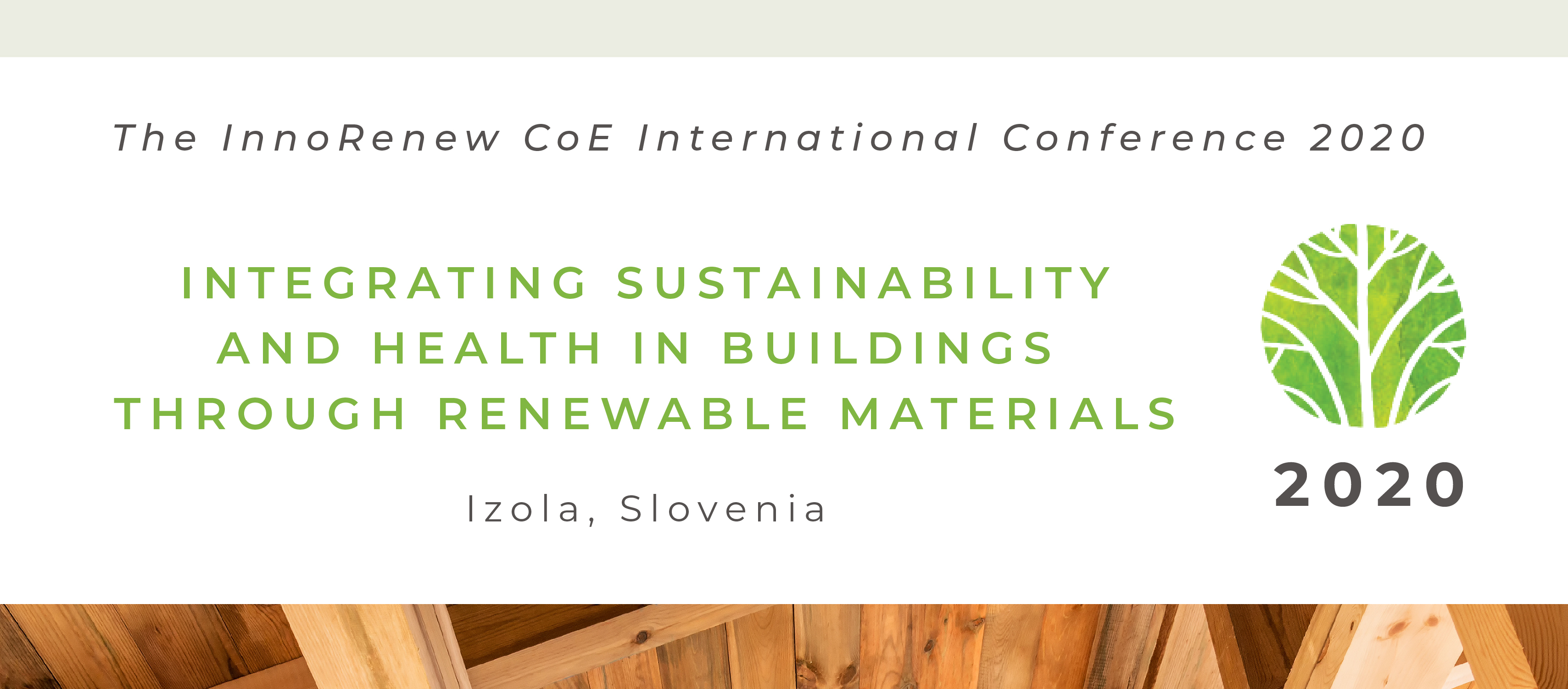Speaker
Description
Australian sawn-board product is regulated by timber’s physical and mechanical properties to ensure safe operating performances in context specific applications. Contemporary and emerging timber resources however, are lacking the traditional properties of commercially sawn products, namely density. One technique used to improve timber properties is densification through thermo-hydro-mechanical (THM) treatments (Rautkari et al., 2010; Sandberg et al., 2013; 2007). The objective of this study was to assess the change in timber properties of several Australian wood species densified using a THM treatment to identify if these modified species could be utilised in regulated building applications.
Three hardwood species from different forest management schemes were tested in this study: Eucalptus obliqua, E. nitens, and E. globulus. E. obliqua was sourced from regrowth sawlog (60 year-old), E. nitens from plantation sawlog (26 year-old) and plantation pulplog (16 year-old) and E. globulus from plantation pulplog (26 year-old). Australian Standard (AS) 3959:2018—Construction of buildings in bushfire-prone areas—states E. obliqua and E. globulus is suitable for general construction with a density ≥750kg/m3 and E. nitens, is suitable for window and door joinery with a density ≥650kg/m3.
Air-dry densities measured from each specie, according to their respective forest management scheme, suggest sawn-board product from these resources are lower in density than required for use in building construction in bushfire prone areas; E. obliqua ~595 kg/m3, E. nitens (sawlog) ~560 kg/m3, E. nitens ~525 kg/m3 and E. globulus ~520 kg/m3. By using the THM treatment, samples were densified to 67% and 53% of their original thickness (15mm) to demonstrate modified sawn-board can meet AS for use in construction and joinery; E. obliqua ~875 kg/m3 and ~980 kg/m3, E. nitens (sawlog) ~775 kg/m3 and ~1015 kg/m3, E. nitens ~680 kg/m3 and ~940 kg/m3 and E. globulus ~775 kg/m3 and ~870 kg/m3, at 67% and 53% respectively.
Keywords: Hardwood, Sawlog, Pulplog, Densification.
Acknowledgements: This research was funded by the Australian Research Council, Centre for Forest Value, University of Tasmania, TAS, Australia, grant number IC150100004. The authors gratefully acknowledge the European Commission for funding the InnoRenew CoE project (Grant Agreement #739574) under the Horizon2020 Widespread-Teaming program and the Republic of Slovenia (Investment funding of the Republic of Slovenia and the European Union of the European regional Development Fund).
REFERENCES
Council of Standards Australia., 2018, 3959 Construction of buildings in bushfire-prone areas. Standards Australia, Sydney, NSW.
Rautkari, L., Kutnar, A., Hughes, M. and Kamke, F.A., 2010, June. Wood surface densification using different methods. In Proceedings of the 11th world conference on timber engineering (pp. 20-24).
Sandberg, D., Haller, P. and Navi, P., 2013. Thermo-hydro and thermo-hydro-mechanical wood processing: An opportunity for future environmentally friendly wood products. Wood Material Science & Engineering, 8(1), pp.64-88.
Sandberg, D. and Navi, P., 2007. Introduction to thermo-hydro-mechanical (THM) wood processing. School of Technology and Design Reports, No. 30, University of Sweden.
| Consider my submission for a full-paper in the IPBE special edition for the conference? | Yes, please. |
|---|

